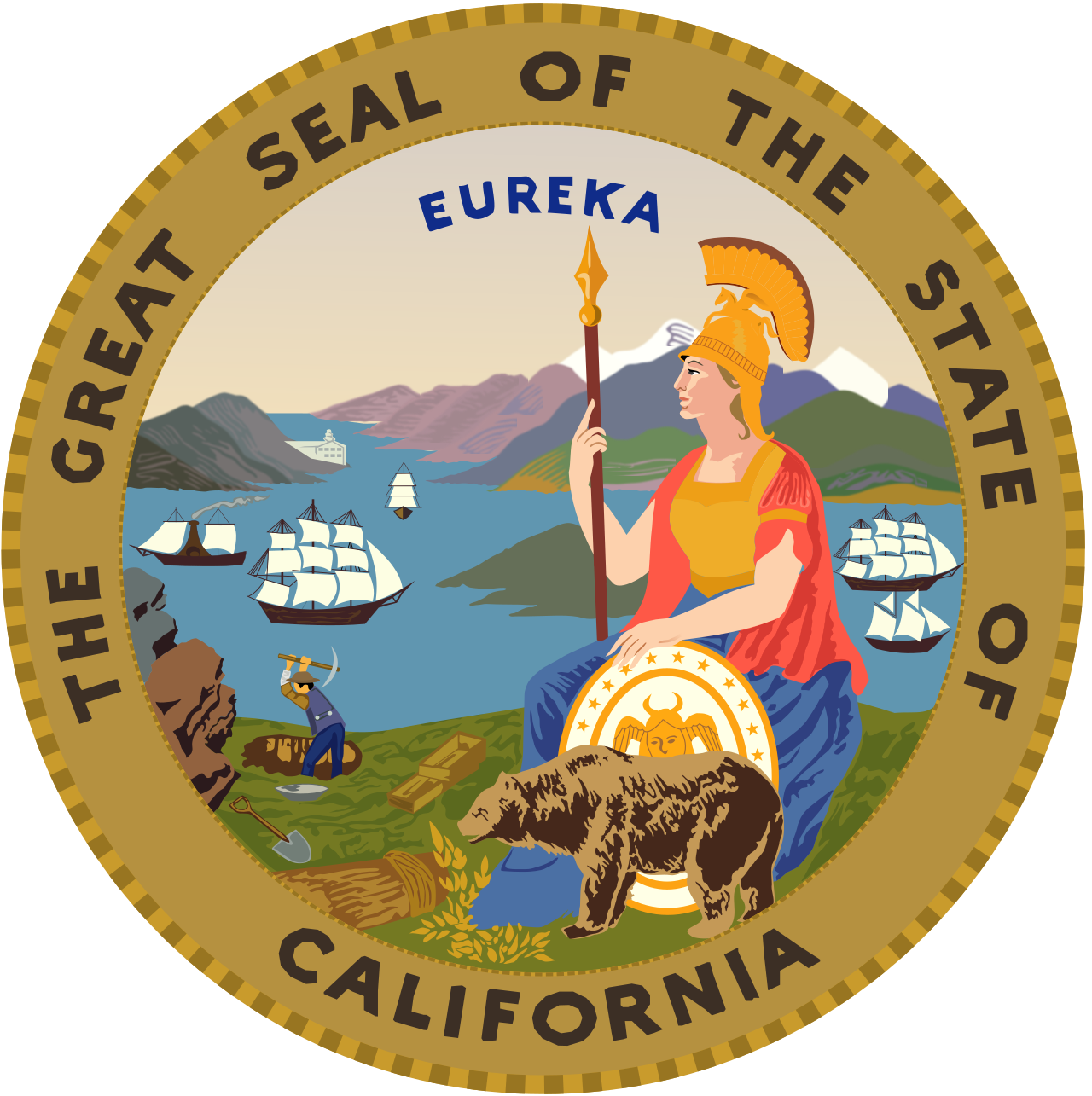Access to the article is free, albeit with registration.
"the policy decreased the amount of money that utilities pay homeowners for selling surplus solar power to the grid by about 75%. "
Yep before you could sell your energy back. Now it’s much better to just sit on it or let a neighbor use it. They give you pennies for their dollar. I hate PGE.
isn’t PG&E also the reason why California doesn’t have fiber internet everywhere despite having all the tech giants in their backyard?
It’s also the reason for a huge wildfire or two that took out a chunk of land and homes.
Yep theirs real talk at the city level to start looking at taking back power from PGE.
This needs to happen in more places. Privately owned power is fucking over many regions.
Is it a decrease in new solar or are people tearing panels off their roofs? Could it not be partly saturation? But also the new flat rate electric bill there doesn’t depend on usage anymore, right, so the incentive is completely messed up?
Decrease in new solar. Once the panels are up there’s no reason to take them down unless your roof is leaking or something.
There was a huge rush last year to beat the deadline to get grandfathered into the old NEM 2.0 rate structure. Like the article says, the new NEM 3.0 rate structure pays about 25% of what the old plan does for surplus energy back to the grid. This basically doubled the payback period for a solar project from like 5-6 years to over 10 years.
Under the new structure it’s more cost efficient to add battery storage so you can time your exports but the battery costs are also large so the payback period is still way higher than before. These changes basically killed all financial incentive for anyone interested in solar.
This is all different from the flat electric bill you mentioned which is something just recently approved by the CPUC. This change adds a ~$25 unavoidable fee every month so that even if you use zero or negative energy you still have to pay. To compensate, they are lowering the per-kW rates by a small amount. Of course however, this new policy has no limits on how much the new flat fee or the per-kW rate can increase. And as we’ve seen in the past few years, PG&E will raise rates however much they want with no recourse.
So in the end, big wins for PG&E shareholders. The only losers are every single Californian and every living being who enjoys a livable climate.
Nationalise PG&E
If you can’t sell back to the grid at a decent rate, that destroys much of the economic incentive. Unless you pair it with a battery, but that’s a huge initial capital expenditure to make in one go.
“Somebody’s got to pay for the grid,” Wara said. “Especially in the past, that somebody else is a low-income, poor-credit-score person who doesn’t own a south-facing rooftop maybe because they live in multifamily rental housing.”
Remember back in the '20s when PG&E pretended to care about low-income people as an excuse to raise rates on everyone?
deleted by creator
deleted by creator



